"Even in standard guise, it hunted muscle cars around race tracks like wasps harassing a nervous child - a testament to its handling prowess, low weight, and predictable handling. Clear from the rally and race track success was that it "

Swind E Classic Mini
The Swind E is a classic Mini revival
There’s nothing wrong with the original Mini – let’s get that straight out there. It’s arguably the most iconic car in the world, and almost certainly the most loved.
Adrian Flux ran a series of public quizzes a couple of years back to find out the car most people considered the one you must drive before you die and, you’ve guessed it, the original Mini won. Not only did it win, but it also scored a massive 25.6% higher than the second placed car, the stunningly beautiful and desirable Jaguar E-Type. The podium places were completed by the seat-of-your-pants pure driving experience that is the Lotus/Caterham Seven. The Mini was the cream of the crop.
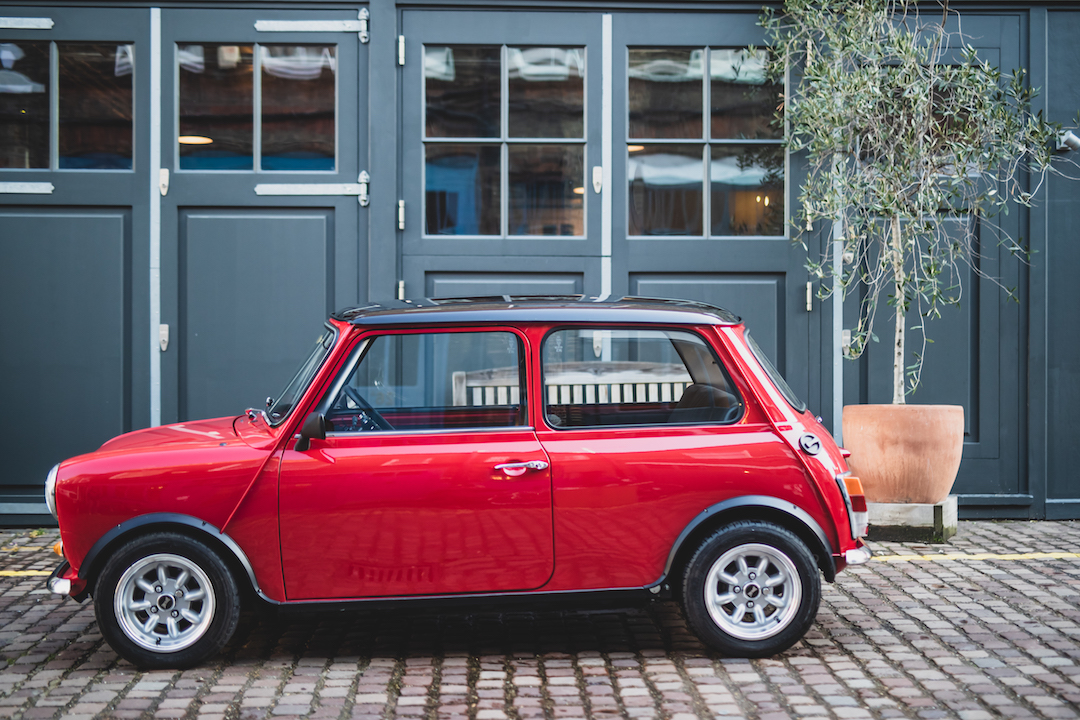
However, in a world becoming ever more concerned about humanity’s impact and the ever-decreasing amount of fossil fuels available, there has to be a way to keep transportation viable.
We’re not about to say EVs are the ultimate answer, there are plenty of people out there who’ll point out their reliance on some fairly rare metallic elements and (of course) the energy still has to come from somewhere. But when that energy can be generated by renewable methods they’re certainly a better solution than fossil fuel burners.

Modern EVs are fantastic pieces of kit. Some can boast four-figure BHPs, and a lot are smooth, quiet and oh-so-polite. The trouble is, being modern; they have to satisfy a whole load of regulations that classic cars simply weren’t aware of. And those regulations, chiefly when dealing with safety and the search for absolute efficiency, dictate the cars’ designs.
The solution may well be to take the characterful designs of yesteryear and power those with a flow of electrons. And that’s just what Swind has done with the Mini by creating the Swind E Classic Mini.
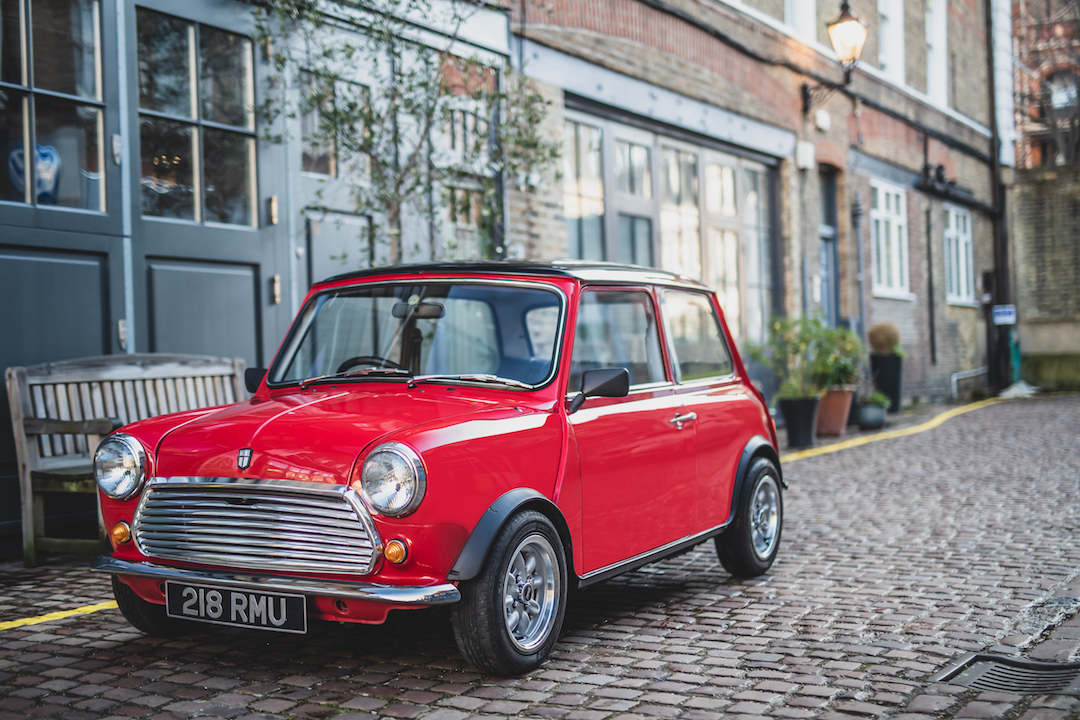
We’ve featured classic cars converted into EVs before, with an article about a classic Fiat 500 EV and a film about a Porsche 911 – and Swind isn’t pretending to be the ‘first’ to do this kind of thing, but they are making a big noise about doing it well.
There are some natural benefits of being powered by electricity, fewer moving parts to go wrong, fewer lubricants and fluids to top up, and a lower centre of gravity meaning even-more-kart-like handling, are the key ones. Add the inevitable serenity, lower cost to refuel/recharge, and lack of emissions filling pedestrians’ lungs and it’s looking all-positive.
But, as with anything electrical, for every positive, there has to be a negative, or it just won’t move around.
The negatives, if you’ll let me indulge in this metaphor for a while longer, are threefold for almost every EV, including the Swind E – but all three may well get sorted in time.
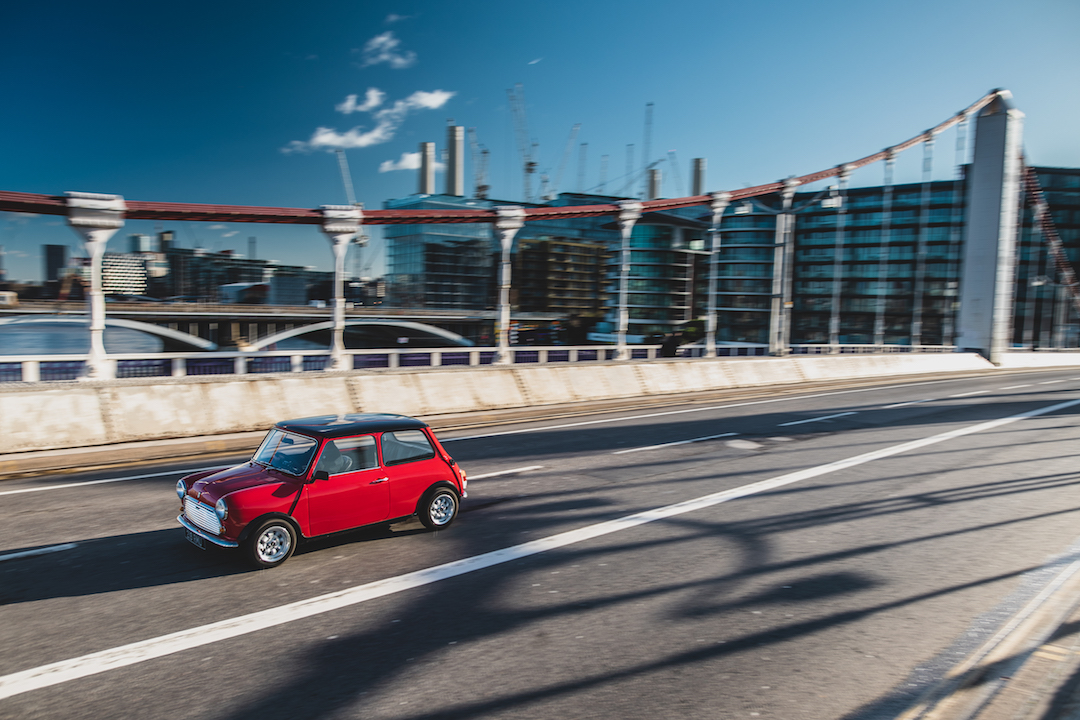
The first is the lack of range or chances to refuel. This is not unique to Swind, of course, but any electric vehicle will have a limited range and (at the moment) not as many places to top up quickly as the fossil-fuel-burners out there. Being unburdened by modern tech regs, however, the Mini remains a lightweight number and can eke 125 miles out of its batteries, helping to make the proposition realistic from the get-go for city living, and maybe in time the efficiency of batteries generally will increase, too, adding more range with newer variants.

The second thing to overcome is the purchase price. In this case, the Swind E Classic Mini starts off at £79k + local taxes. With an options list to update the Mini featuring things like central locking, opening rear windows and even infotainment, it’s possible to spend a fair amount more than that on your Swind, too. Now that’s a lot of money to justify to the other half, or even yourself, but just take a moment to think about what needs to be done to create this car, the tech, then skill and even sourcing of an appreciating classic – you’d end up being fairly impressed by that price. Ok, so if Nissan or VW et al decided to make a Mini-sized EV they’d end up being far cheaper, but that’s based on manufacturing tens of thousands of the things, which is never going to be an option when updating a classic. Prices may come down over time, but it’s better to try and justify the cost in terms of running cost savings.
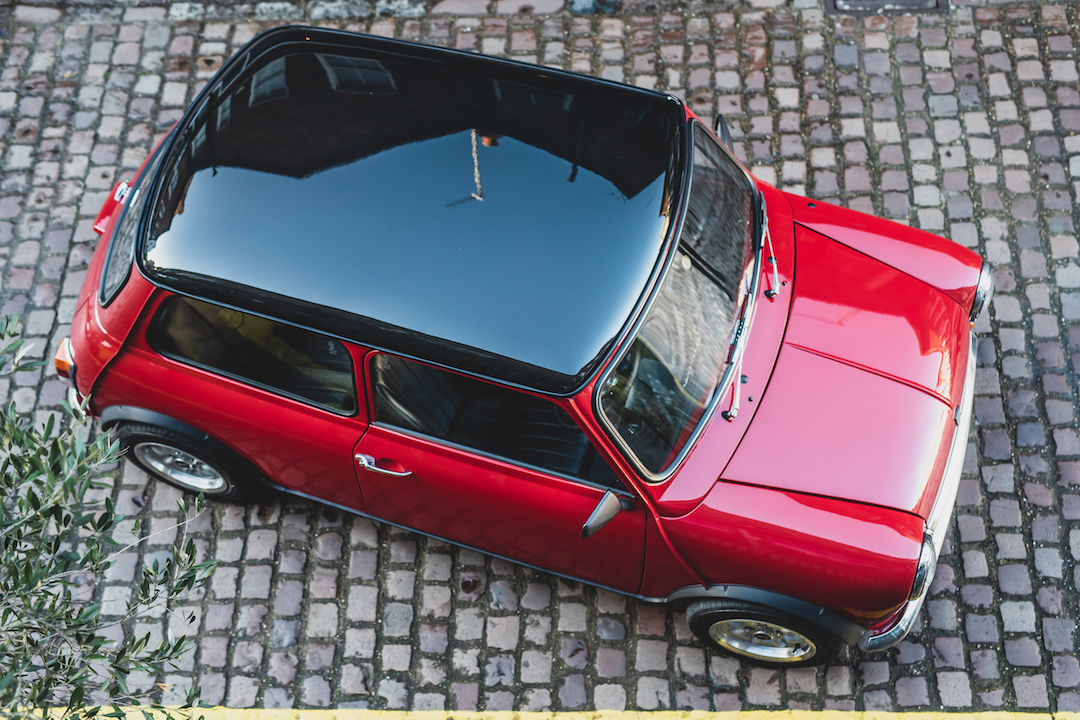
The third thing to overcome is that lack of feel – the driving pleasure that so many ‘petrolheads’ yearn for. The sound of a popping and banging exhaust, and the throb of an engine. The three pedal setup, and skill of driving an engine-powered car. How does the Swind E Classic Mini overcome these missing elements? Well, it doesn’t rely on them for driving thrills. Instead, it throws a higher power than necessary at the car (in this case 80kW – around 110bhp compared to a 1.3-litre Rover Mini’s 63bhp), instant torque (meaning 30-50mph is dealt with in just 4.3 seconds) plus a lower centre of gravity and better weight distribution (57% front/43% rear, rather than 68/32 of the original).

All in all, Swind has made a very decent stab at overcoming the shortcomings. They’re certainly well-placed to take on this market, as well as producing EV bicycles already, they have a history of performance engineering and even produce BTCC powerplants through the Swindon Powertrain brand.
So will all this mean the Swind E Classic Mini becomes a viable option for people needing an eco-friendly urban runabout? If they can afford it, then yes.
But what will truly sell the car is not a bunch of facts and figures – it’s the chance to enjoy that Iconic Instagrammable Issigonis design in a more socially-acceptable way.
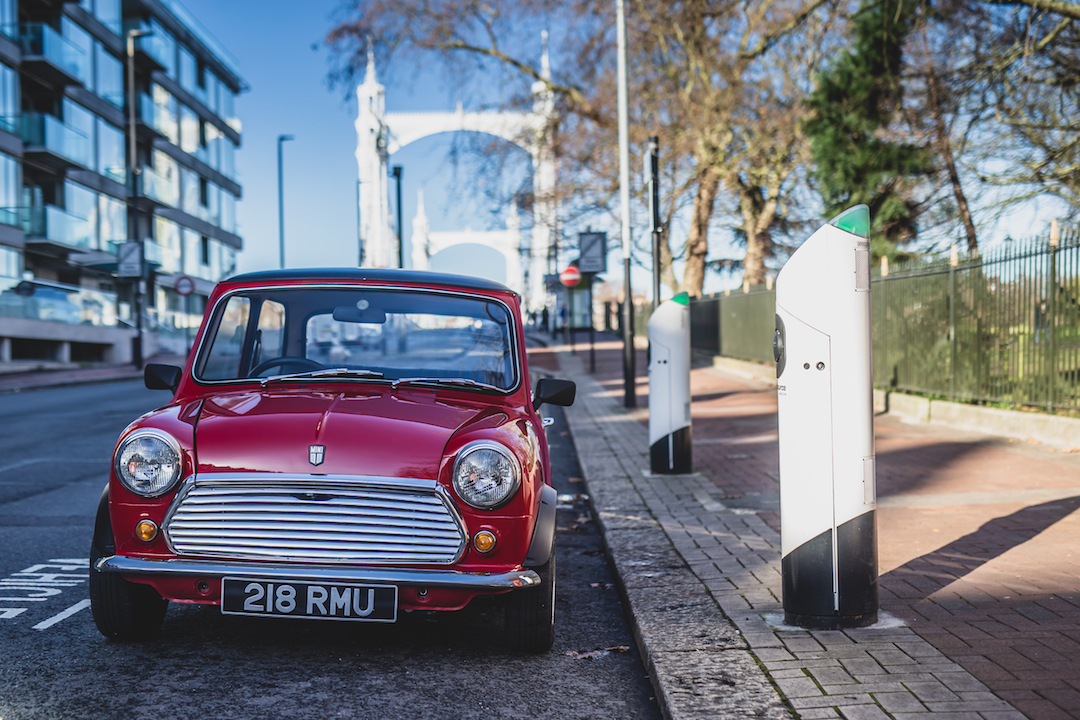
CLICK TO ENLARGE









